SOLID Principles in C#: A Complete Guide
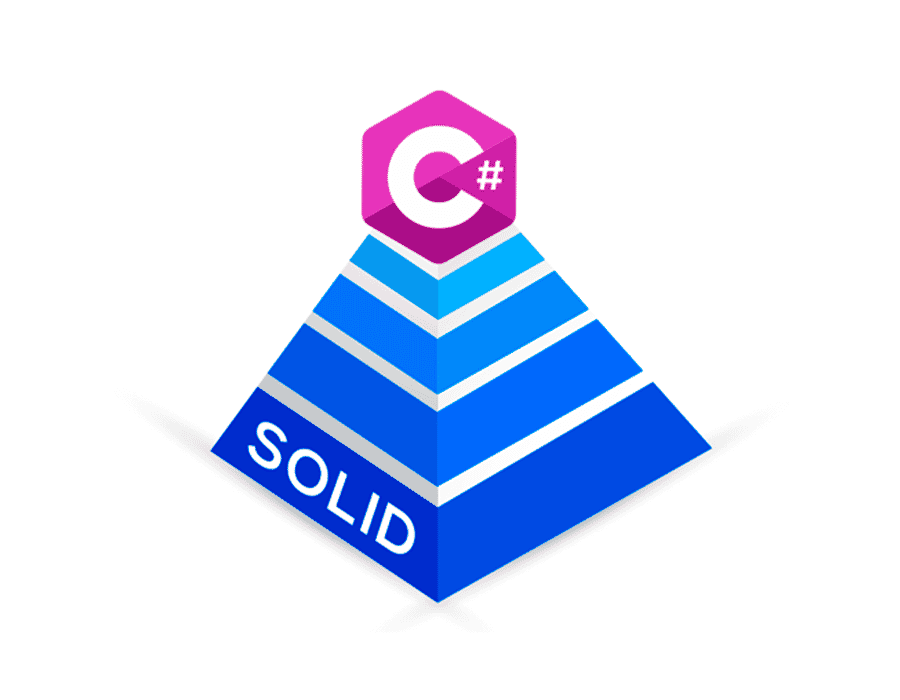
Software development has evolved tremendously over the years, and C# programming is no exception. As software applications become increasingly complex, it is becoming more and more important to create code that is easy to maintain, extend, and test.
This is where the SOLID principles come into play. SOLID is an acronym that stands for five fundamental principles of object-oriented programming, which are essential for creating robust and scalable software applications that can withstand the test of time.
Introduction to SOLID Principles in C# Programming
These design principles were introduced by Robert C. Martin (aka Uncle Bob) in one of the best c# books and have since become a cornerstone of object-oriented programming. The principles, which focus on clean and modular design, provide developers with a framework for writing code that is easy to maintain and extend, by promoting separation of concerns and loose coupling.
Overview of the Five SOLID Principles
The SOLID principles consist of five fundamental principles of object-oriented programming, which are:
- Single Responsibility Principle (SRP)
- Open-Closed Principle (OCP)
- Liskov Substitution Principle (LSP)
- Interface Segregation Principle (ISP)
- Dependency Inversion Principle (DIP)

Dependency Inversion Principle
February 10, 2023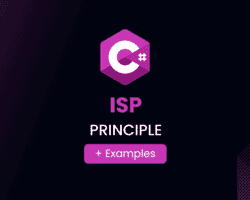
Interface Segregation Principle
February 9, 2023
Liskov Substitution Principle
February 8, 2023
Open Closed Principle
February 7, 2023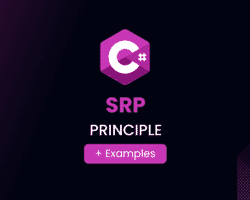
Single Responsibility Principle
August 5, 2022The Importance of SOLID Principles in Software Development
Software development is all about building systems that solve real-world problems. To achieve this goal, software applications need to be maintainable, extensible, and testable.
The SOLID principles are essential for achieving these goals by providing developers with a set of guidelines for structuring their code in ways that facilitate change and reduce the risk of introducing bugs or breaking existing functionality.
One of the key benefits of using SOLID principles is that it helps developers to write code that is more modular. This means that different parts of the code can be developed and tested independently, which can save a lot of time and effort in the long run.
Additionally, modular code is easier to reuse, which can help to reduce development costs and improve the overall quality of the software.
What is Single Responsibility Principle (SRP)?
The Single Responsibility Principle (SRP) states that a class should have only one reason to change. That is, a class should have only one responsibility, which should be encapsulated within the class.
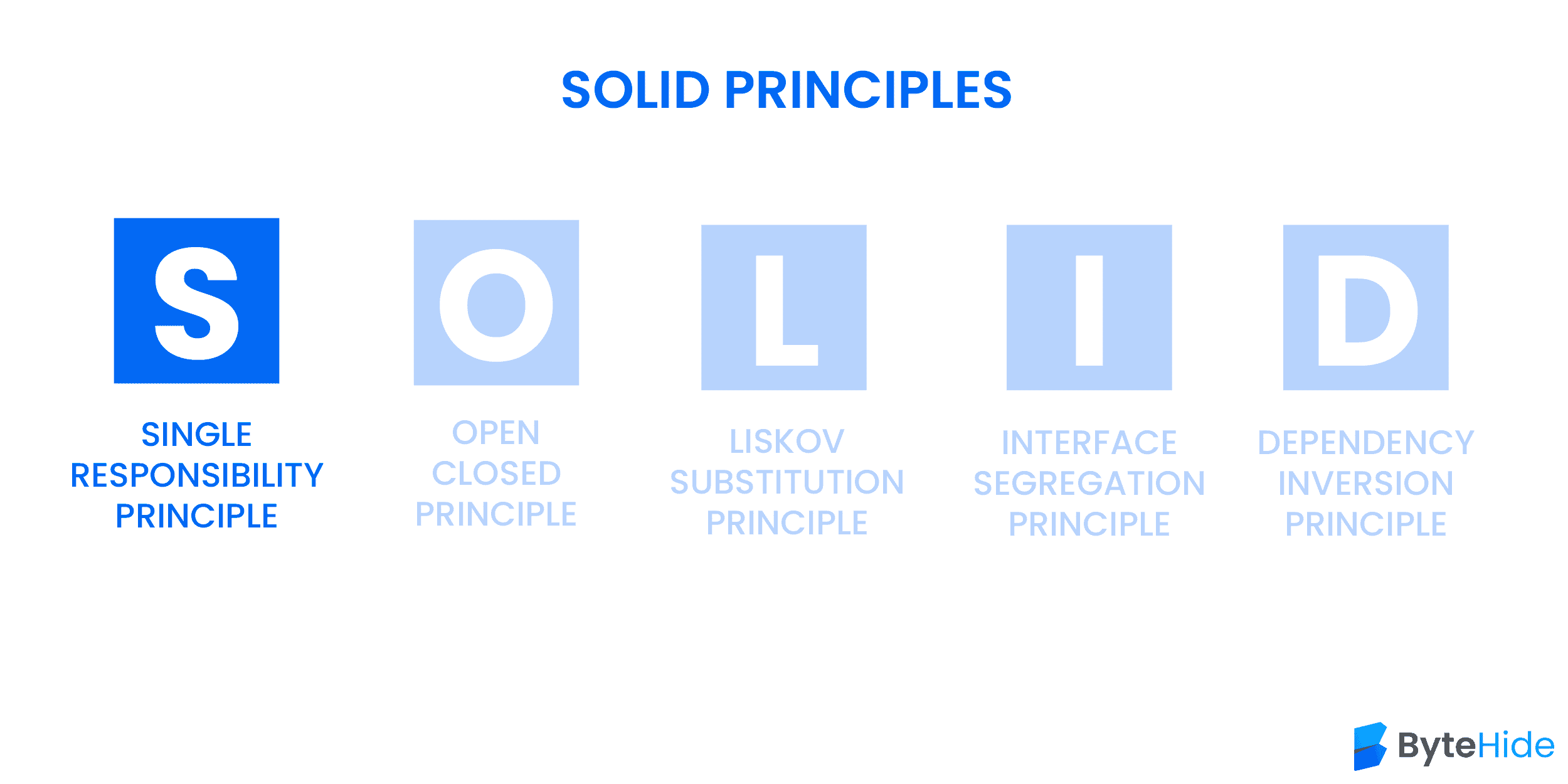
This means that a class should have only one reason to change, which makes it easier to maintain, extend, and test the system. A good example of SRP in C# implementation is the “Stream” class, which is responsible for streaming data, reading, writing and seeking.
What is Open-Closed Principle (OCP)?
The Open-Closed Principle (OCP) states that a class should be open for extension but closed for modification. This means that we should be able to extend the behavior of a class without modifying its source code.
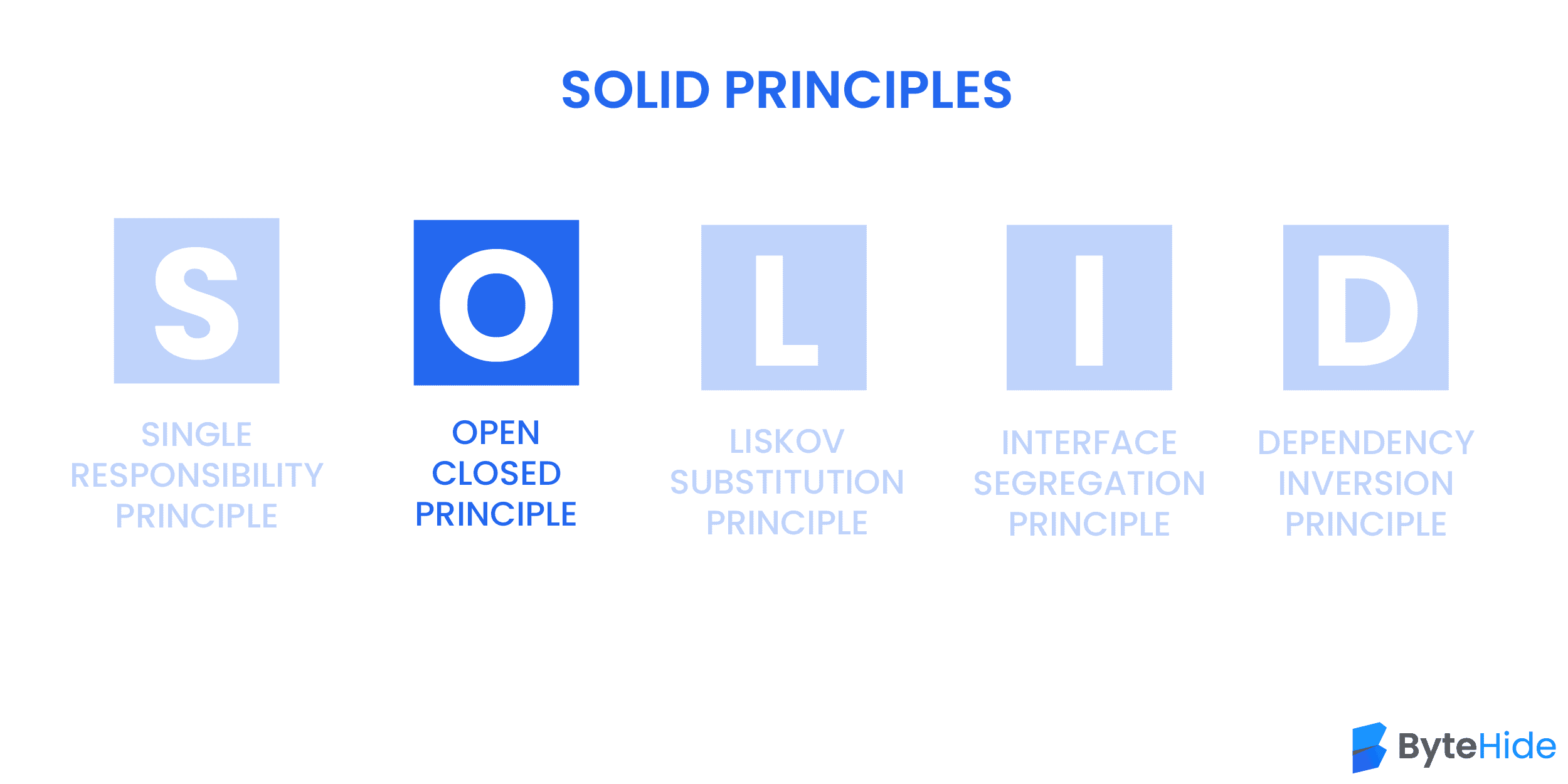
Thus, we can easily add new features to a system without breaking existing functionality. OCP is generally implemented by using interfaces or abstract classes that define contracts for the behavior of a class. An excellent example of OCP in C# implementation is the “IQueryable” interface, which allows users to write database queries without knowing the implementation details of the underlying database.
What is Liskov Substitution Principle (LSP)?
The Liskov Substitution Principle (LSP) states that we should be able to use a derived class wherever a base class is expected. This means that a derived class should not change the behavior of the base class in unexpected ways.
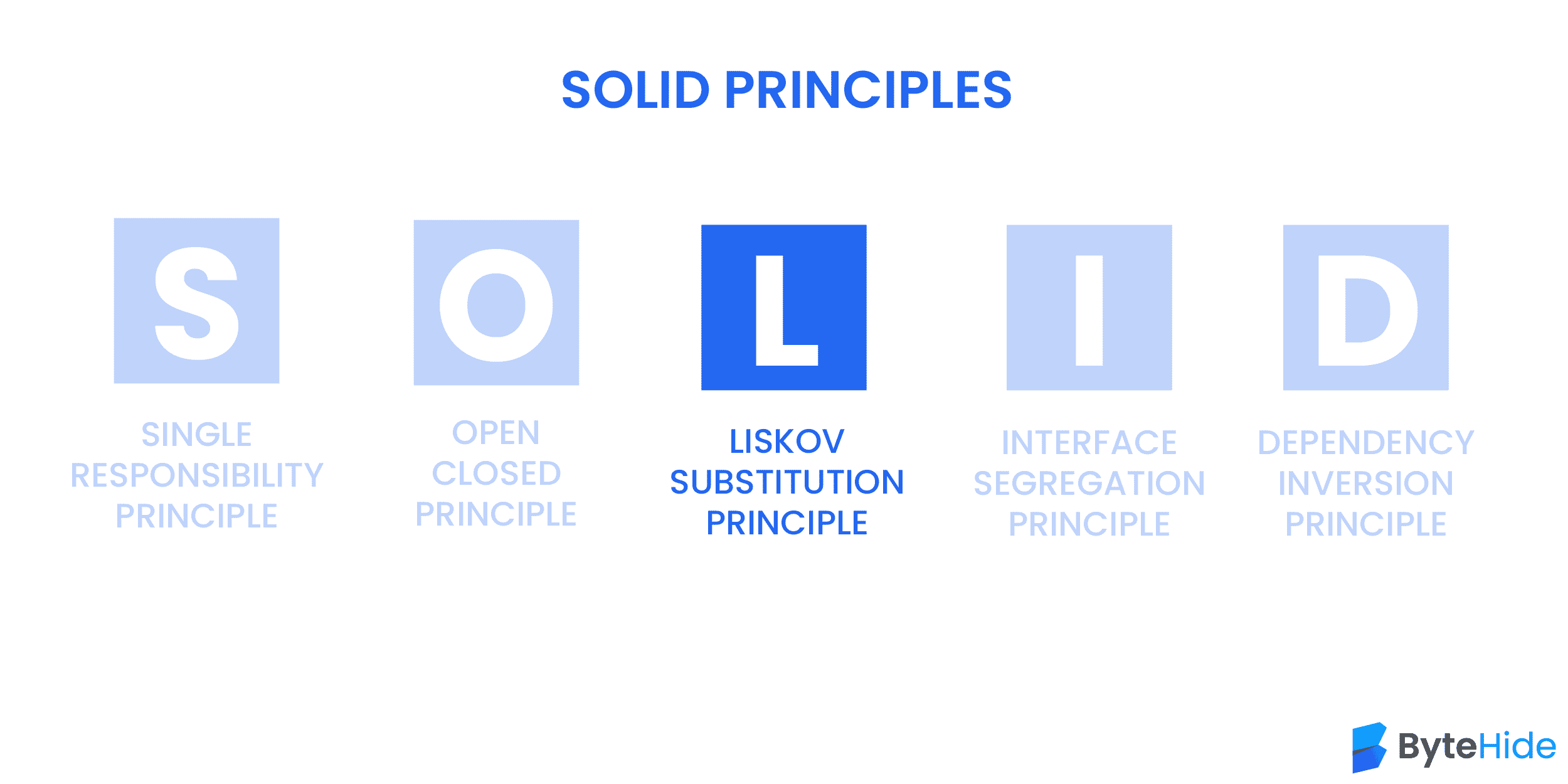
Violating LSP can lead to subtle bugs that are hard to detect and fix. A good example of LSP in C# implementation is the “IEnumerable” interface, which allows users to query collections without knowing the implementation details of the underlying collection type.
What is Interface Segregation Principle (ISP)?
The Interface Segregation Principle (ISP) states that a client should not be forced to depend on interfaces that it does not use. This means that a class should not be forced to implement methods that it does not require, which can lead to unnecessary code bloat and complexity.
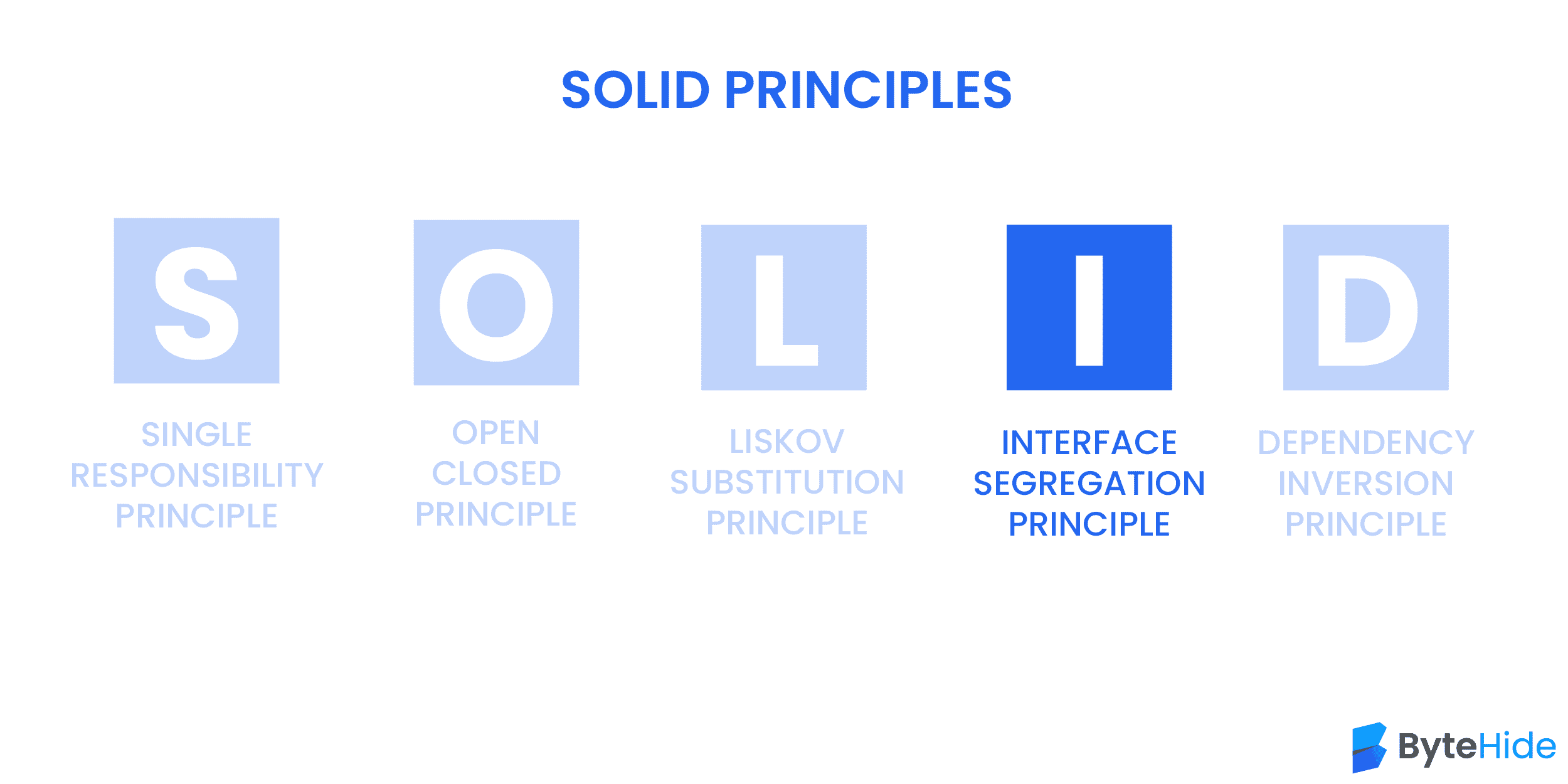
ISP is commonly associated with the use of interfaces, which define contracts for the behavior of a class. A good example of ISP in C# implementation is the “IDisposable” interface, which is used for releasing unmanaged resources that a class is holding.
What is Dependency Inversion Principle (DIP)?
The Dependency Inversion Principle (DIP) states that high-level modules should not depend on low-level modules. Both should depend on abstractions. This means that we should depend on abstractions, not on implementation details, which can lead to tight coupling and brittle code.
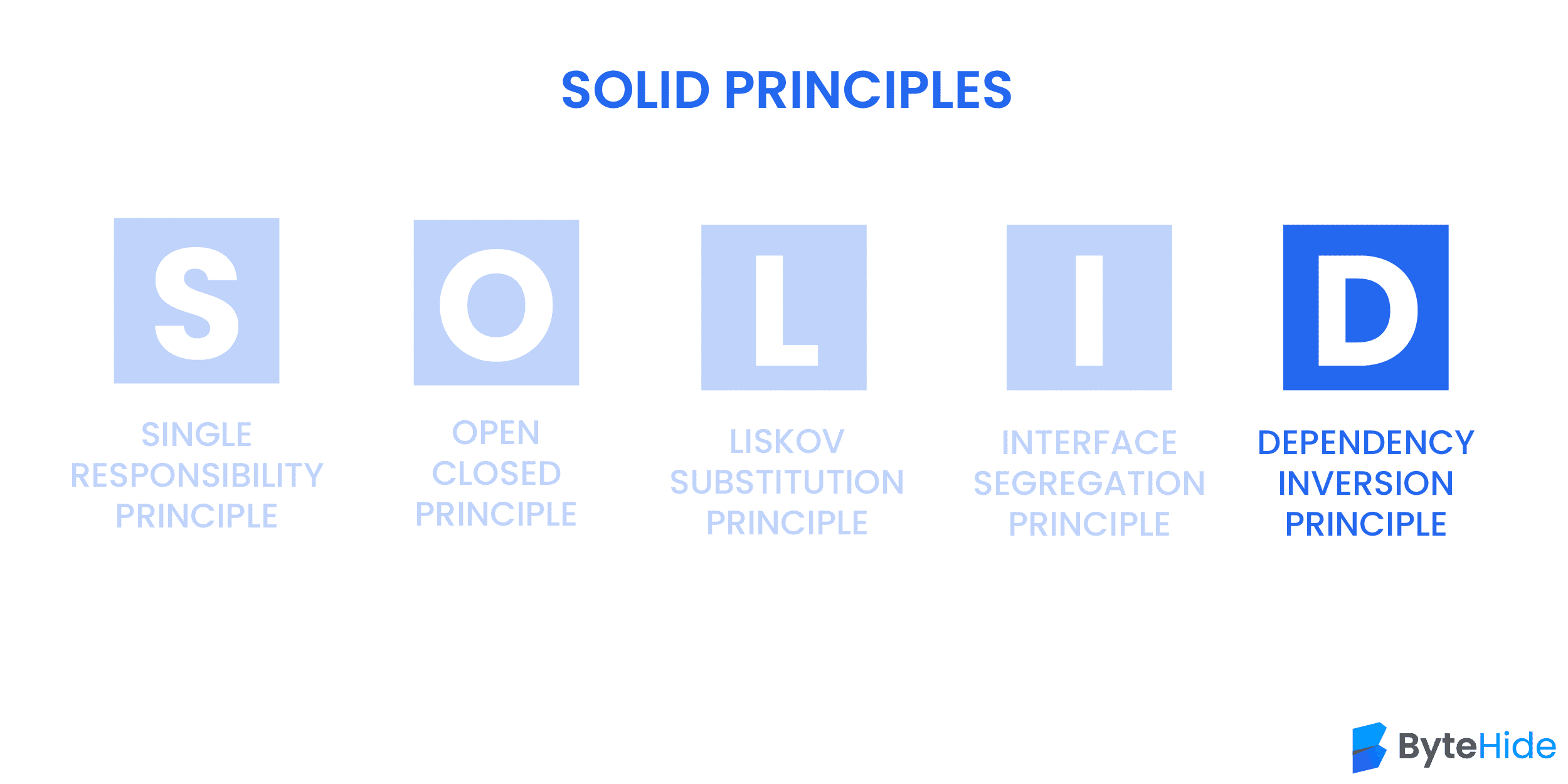
DIP is commonly implemented by using dependency injection, which provides a way to inject dependencies into a class at runtime. An excellent example of DIP in C# implementation is the “logger” component, where a logging interface is defined, and then different logging implementations can be injected as needed.
How to Implement SOLID Principles in C# Programming
Implementing SOLID principles is not always easy or straightforward. It requires discipline, attention to detail, and a willingness to learn new techniques and patterns. Some practical tips for implementing SOLID principles include:
- Creating small, focused classes that have a clear responsibility and do not violate the Single Responsibility Principle (SRP).
- Using interfaces or abstract classes to define contracts for behavior and facilitate Open-Closed Principle (OCP) implementation.
- Avoiding tight coupling by depending on abstractions, not on low-level details.
- Using dependency injection to facilitate Dependency Inversion Principle (DIP) implementation.
- Applying common design patterns that support SOLID principles, such as the factory pattern or the decorator pattern.
Real-world Applications of SOLID Principles in C# Programming
Design principles in C# are widely used in real-world software development, especially in large, complex systems that require extensive maintenance, scalability, and extensibility. Some examples of where SOLID principles have been applied include:
- The .NET framework, which uses SOLID principles extensively in the design of its various components and libraries.
- The enterprise software systems, including CRM, ERP, and financial applications.
- The gaming industry, which requires scalable and modular game engines that can handle complex game logic and graphics.
Common Mistakes to Avoid when Implementing SOLID Principles
Although SOLID principles are essential for creating robust and maintainable software applications, there are common mistakes that developers should avoid when implementing SOLID principles, including:
- Creating too many abstractions can lead to over-engineering and unnecessary complexity.
- Violating SOLID principles in the name of performance or expediency can lead to technical debt and maintenance challenges.
- Focusing too much on SOLID principles can lead to tunnel vision and neglect of other important design aspects, such as performance or security.
Benefits of Using SOLID Principles in C# Programming
Implementing SOLID principles in C# programming can bring a range of benefits, including:
- Improved code quality, which leads to easier maintenance and fewer bugs.
- Enhanced code reuse and extensibility, which leads to more efficient development and faster time-to-market.
- Better collaboration, as SOLID principles provide a common set of guidelines for all members of a development team.
- Increased system scalability, as SOLID principles support modular design and loose coupling, which makes it easier to add new features without breaking existing functionality.
Challenges and Limitations of Implementing SOLID Principles in C# Programming
Despite the many benefits of implementing SOLID principles, there are also challenges and limitations that developers should be aware of, including:
- Learning and applying SOLID principles can be challenging, especially for novice developers who are new to object-oriented programming.
- Implementing SOLID principles can be time-consuming, especially at the beginning of a project, when there are many design decisions to make.
- SOLID principles are not a substitute for good design judgment and common sense, and should be used alongside other design principles and considerations.
Conclusion and Future Directions of SOLID Principles in C# Programming
Implementing SOLID principles in C# programming can bring significant benefits in terms of code quality, maintainability, and scalability. To achieve these benefits, developers should be aware of the fundamental SOLID principles and the practical techniques for implementing them in code.
As software development continues to evolve, it is likely that SOLID principles will become even more essential for creating robust and scalable systems that can meet the increasingly complex demands of modern software applications.





